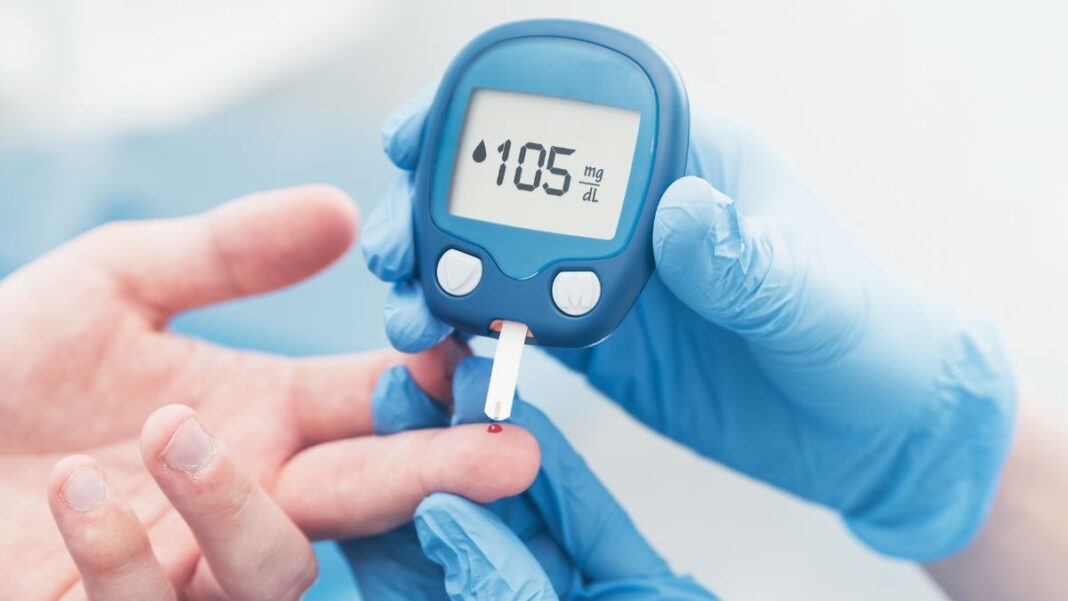In India, almost every person knows somebody who’s suffering from Diabetes – it’s that common. World Diabetes Day is celebrated on November 14th every year and is a globally recognised campaign to raise awareness about diabetes. Started by the International Diabetes Federation and the World Health Organisation, this day focuses on the growing concerns of diabetes and promotes actions to improve diabetes care and prevention.
World Diabetes Day History
World Diabetes Day (WDD) is an international day of awareness held every year on November 14th. It was established in 1991 by the International Diabetes Federation (IDF) with the support of the World Health Organization (WHO) as a response to a growing global concern about diabetes, and how much of a threat it poses to our health. This day was specifically chosen to celebrate the birthday of Sir Frederick Banting, who co-discovered insulin along with Charles Best in 1922.
World Diabetes Day Significance
This day is quite significant for several reasons:
1. Raising Awareness
It raises awareness about diabetes, a chronic disease affecting millions worldwide. It’s also the leading cause of blindness, kidney failure, heart attack, stroke, and lower limb amputation.
2. Preventing Diabetes
It promotes a healthy lifestyle, as many cases of type 2 diabetes can easily be prevented through lifestyle changes like a healthy weight, a balanced diet, and regular exercise.
3. Provide Support
This day gives an opportunity to support people living with diabetes and stresses the importance of access to affordable and quality diabetes care, education, and support services.
5 World Diabetes Day Facts That Are Quite Interesting
Here are a few key facts about diabetes and this important day:
1. Global Epidemic
Diabetes is a growing global epidemic, affecting millions of people worldwide. It is estimated that over 400 million adults live with diabetes, and the number is rising.
2. Types Of Diabetes
There are mainly two types of diabetes: Type 1, an autoimmune condition often diagnosed in childhood, and Type 2, which is largely linked to lifestyle factors and typically develops in adulthood.
3. Risk Factors
Unhealthy diets, lack of physical activity, and obesity are significant risk factors for Type 2 diabetes. Genetic factors also play a role in some cases.
4. Chronic Condition
Diabetes is a chronic condition that requires lifelong management. It can lead to complications like heart disease, stroke, kidney failure, and blindness if not properly controlled.
5. Blue Circle Symbol
The blue circle is the universal symbol for diabetes. It signifies unity and represents the global diabetes community’s efforts in combating the condition.
World Diabetes Day Celebration
World Diabetes Day is celebrated annually by organising events and activities to raise awareness. These events and activities can include public awareness campaigns using various media, health screenings for people to check their blood sugar levels and blood pressure, and community events where people get together and learn about diabetes.
The 3 Types Of Diabetes
You might already know that there are primarily three types of diabetes: Type 1, Type 2, and Gestational diabetes. But did you know that each type has distinct signs, symptoms, and even causes of diabetes?
1. Type 1 Diabetes
Signs And Symptoms:
- Excessive Thirst: Feeling unusually thirsty and drinking large quantities of water.
- Frequent Urination: Needing to urinate more often, especially at night.
- Fatigue: Feeling tired and lethargic.
- Unexplained Weight Loss: Losing weight without any apparent reason.
- Increased Hunger: Feeling hungry even after eating.
- Blurred Vision: Experiencing blurred vision.
- Irritability: Sudden changes in mood and irritability.
Causes:
Type 1 diabetes is an autoimmune condition where the immune system mistakenly attacks and destroys insulin-producing cells in the pancreas. While the exact causes of diabetes are unknown, genetics and environmental factors, such as viral infections, may contribute.
2. Type 2 Diabetes
Signs And Symptoms:
- Fatigue: Feeling tired and lacking energy.
- Frequent Urination: Needing to urinate more often, especially at night.
- Excessive Thirst: Feeling extremely thirsty.
- Blurred Vision: Experiencing blurred or distorted vision.
- Slow Healing: Wounds and cuts take longer to heal.
- Tingling or Numbness: Feeling tingling or numbness in hands or feet.
Causes:
Type 2 diabetes develops when the body becomes resistant to insulin or does not produce enough insulin to maintain normal glucose levels. Risk factors include obesity, unhealthy diet, lack of physical activity, family history of diabetes, and age (more common in people over 45).
3. Gestational Diabetes
Signs And Symptoms:
Gestational diabetes often does not show specific symptoms. It is usually diagnosed through routine screening during pregnancy.
Causes:
Gestational diabetes occurs during pregnancy when the body cannot produce enough insulin to meet the increased needs. It increases the risk of complications during pregnancy and delivery. After childbirth, gestational diabetes usually resolves, but both the mother and child have a higher risk of developing Type 2 diabetes later in life.
How To Prevent Diabetes?
Controlling and preventing diabetes requires many changes, including certain lifestyle changes, medication, and regular monitoring. Here are some key strategies for how to avoid diabetes, and the main part, how to reduce blood sugar levels:
1. Lifestyle Changes
1. Maintain A Healthy Weight:
Losing even a small amount of weight can significantly lower blood sugar levels and reduce the risk of developing diabetes.
2. Adopt A Healthy Diet:
Choose a diet rich in fruits, vegetables, whole grains, and lean protein. Limit processed foods, sugary drinks, and unhealthy fats.
3. Exercise Regularly:
If you’re thinking about how to avoid diabetes, aim for at least 30 minutes of moderate-intensity exercise most days of the week. Exercise helps your body use insulin more effectively and can lower blood sugar levels.
4. Quit Smoking:
Smoking increases the risk of developing type 2 diabetes and can worsen complications of the disease. Quitting smoking can significantly improve your overall health.
5. Manage Stress:
Stress can raise blood sugar levels. Find healthy ways to manage stress, such as yoga, meditation, or spending time in nature.
2. Regular Monitoring
1. Blood Glucose Monitoring:
If you’re wondering how to prevent diabetes, regularly checking your blood sugar levels allows you to track your progress and make necessary adjustments to your treatment plan. You can think about how to reduce blood sugar levels too.
2. A1c Test:
The A1C test measures your average blood sugar level over the past 2-3 months. This test provides a more comprehensive picture of your blood sugar control.
3. Regular Eye Exams:
Diabetes can damage the eyes, so a regular eye exam that detects and treats any complications early is a good answer to the question of how to prevent diabetes.
4. Foot Exams:
Diabetes can also affect the feet, so it’s important to have regular foot exams to check for any problems, such as cuts, sores, or changes in sensation.
5. Regular Checkups:
Visit your doctor regularly to monitor your overall health and make sure your treatment plan is working effectively.
In India, where diabetes affects a significant portion of the population, understanding the seriousness of the condition is very important. By recognising the different types, signs, symptoms, and causes of diabetes, we empower ourselves to take charge of our health. Together, we can make strides towards a healthier and diabetes-aware society.
Open up like never before and participate in conversations about beauty, entrepreneurship, mental health, menstrual & sexual health, and more. Desi women, join our community NOW!



